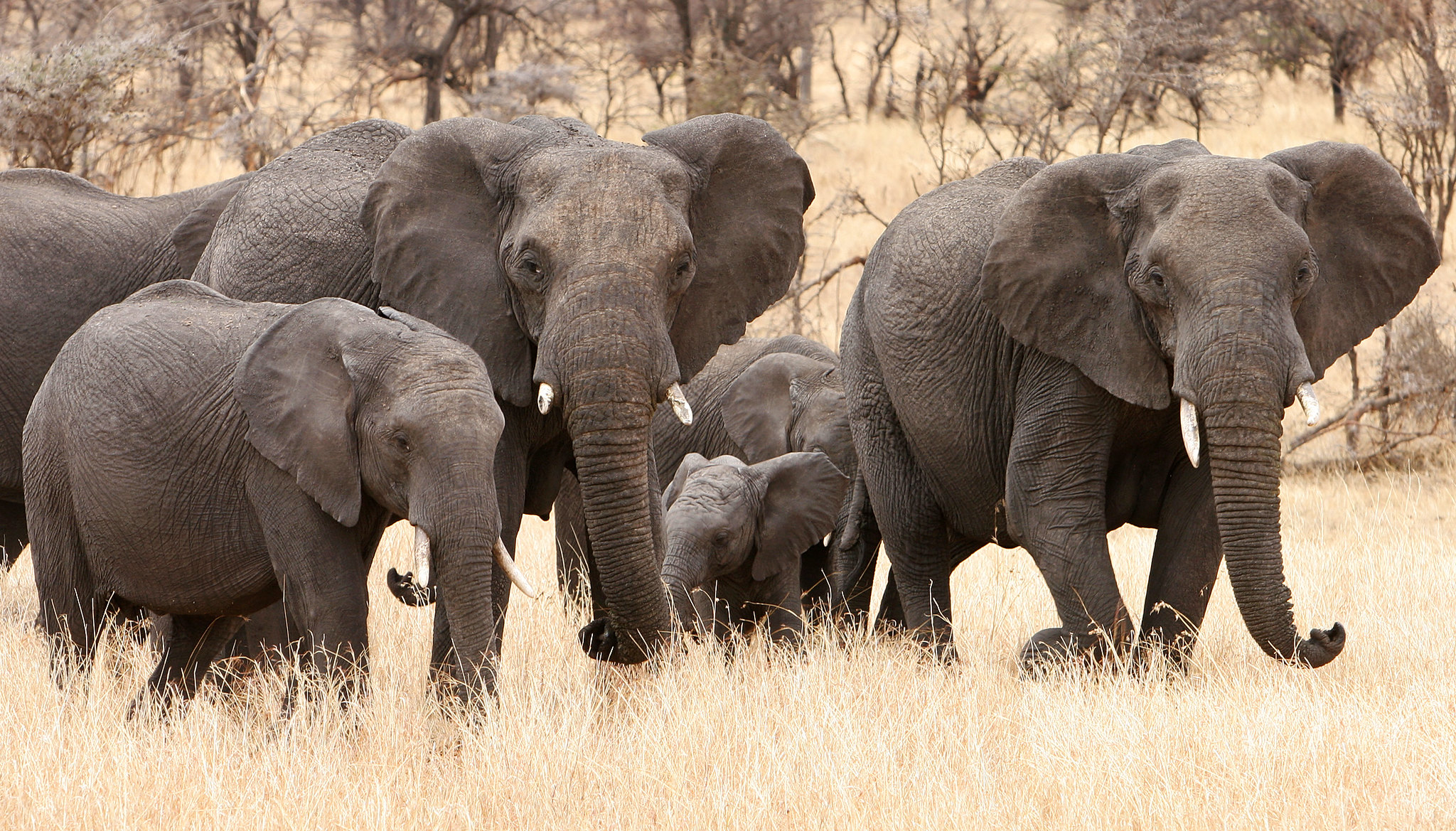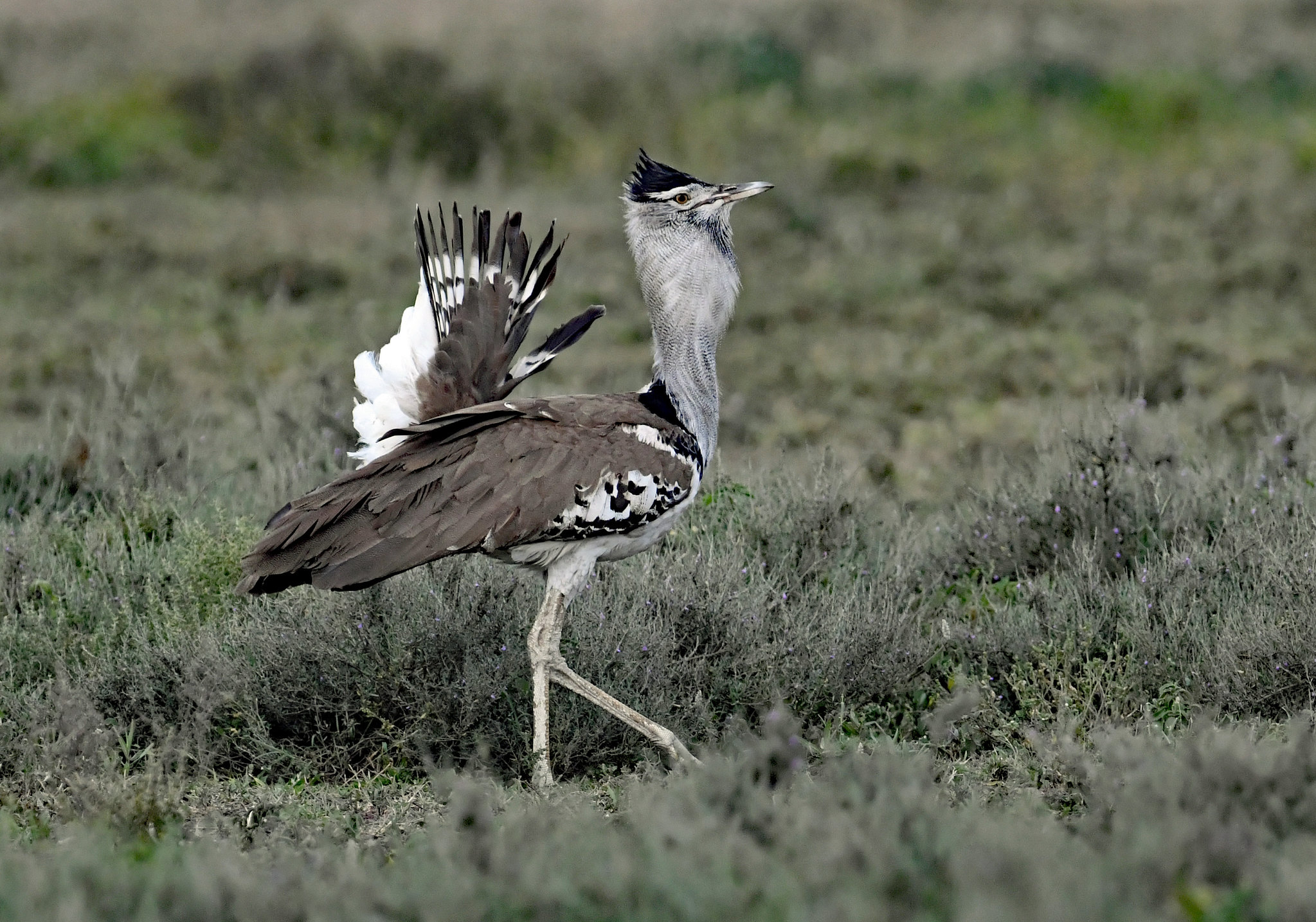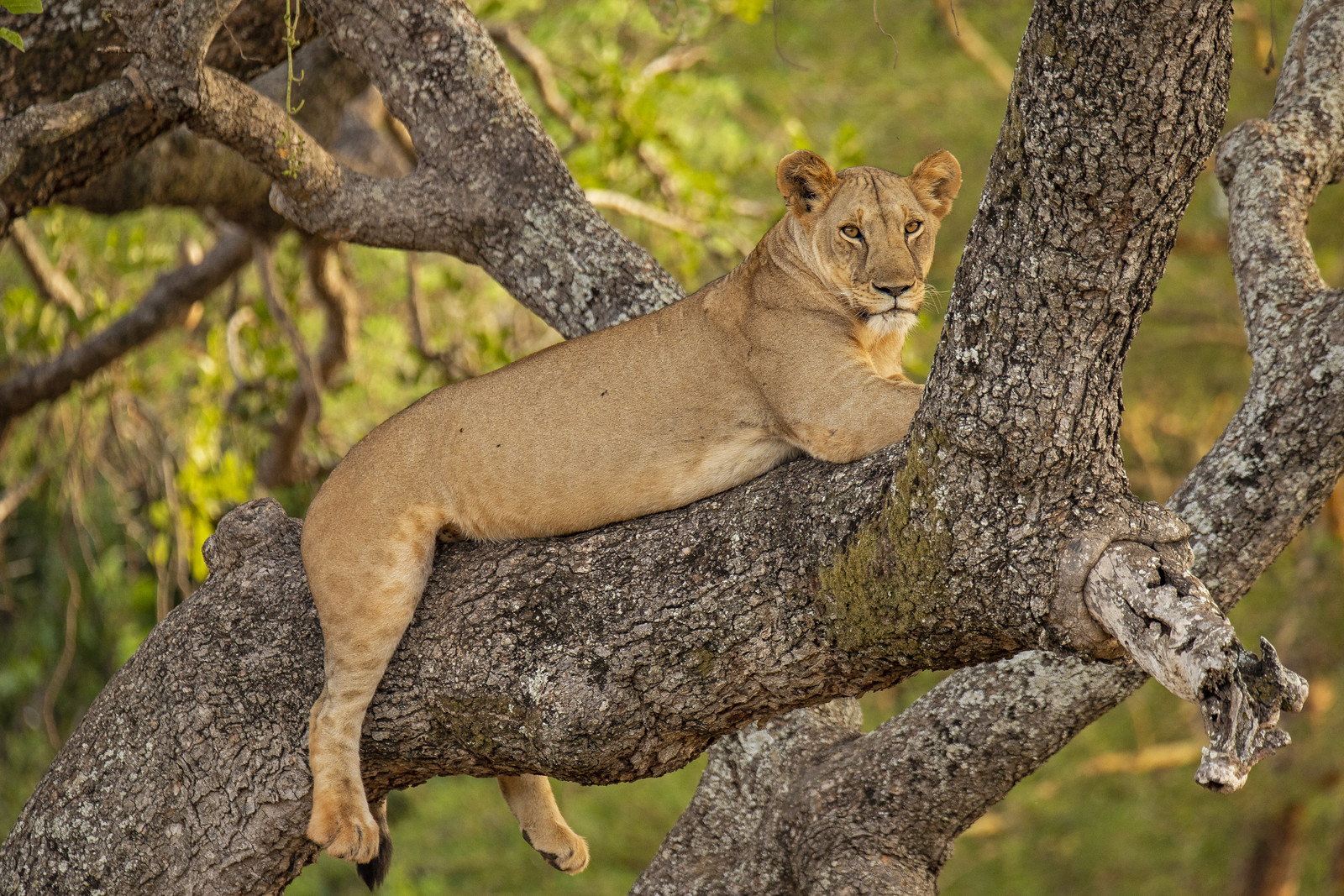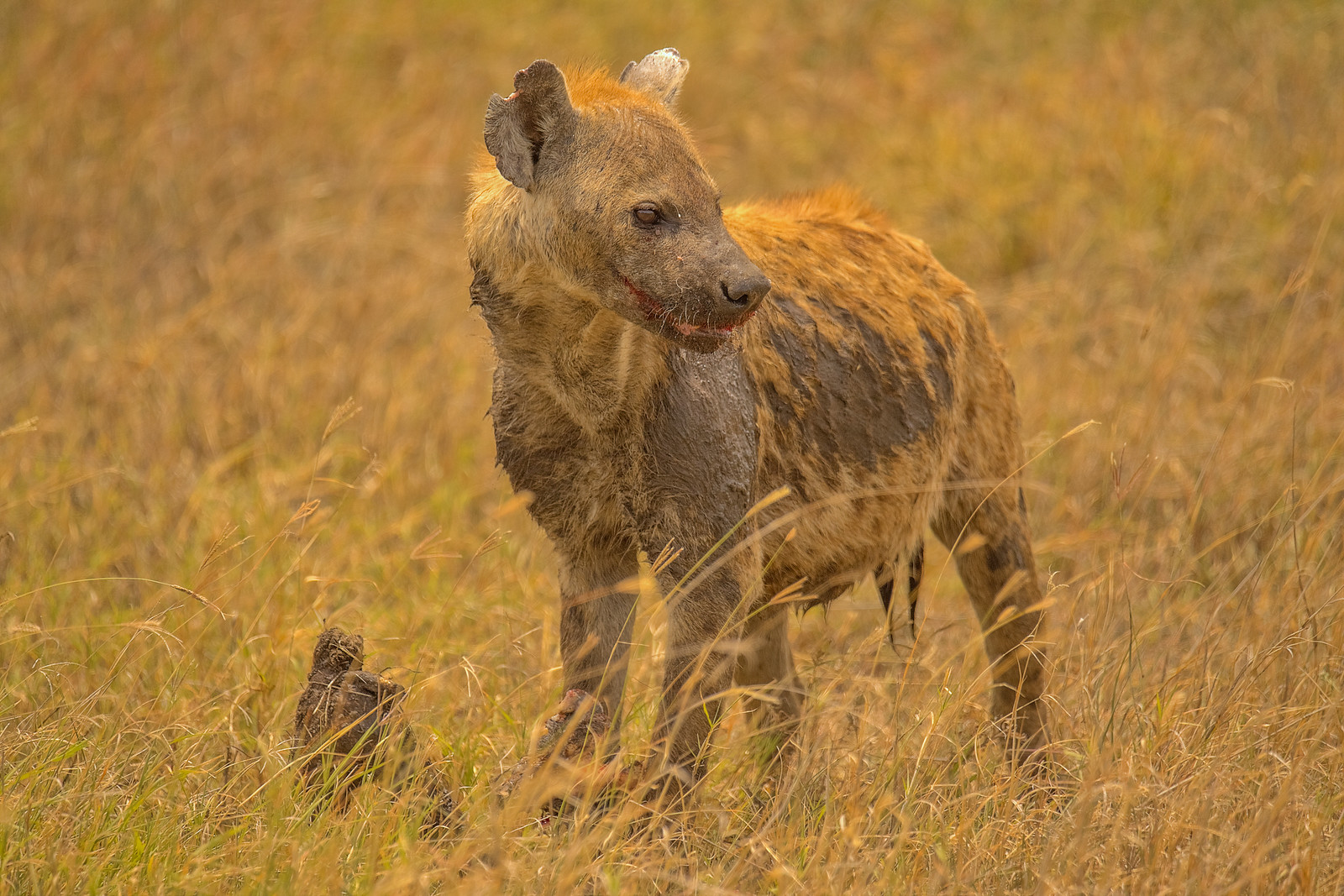Katavi national park
Katavi national park is a true wilderness located in the western side of Tanzania and in a distance of 40 kilometers south of Mpanda town, this park lies east of Lake Tanganyika and is situated in the Great Rift Valley stretching into the shallow area of Lake Rukwa. Katavi national park is the third largest national park in Tanzania covering an area of 4,471 square kilometers, the area of the park comprises of various plains such as Chada plain and Katsunga plain. Katavi national park is located in a distance of 1062 kilometers from Arusha town a major tourist city in Tanzania, 503 kilometers from Mbeya town and 382 kilometers from Kigoma town.
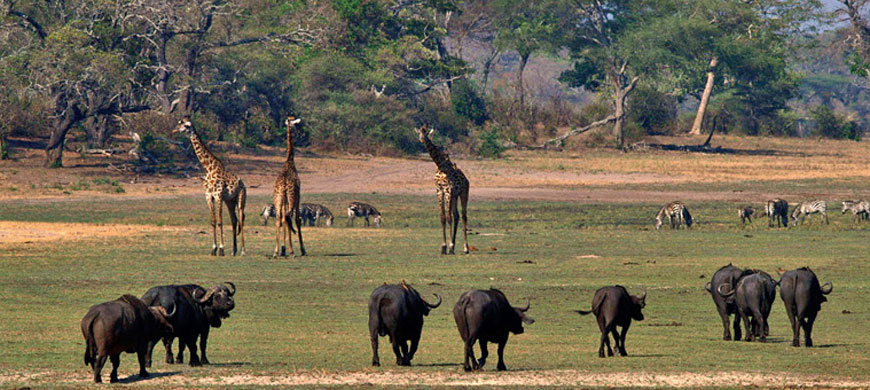
Katsunga plain is a dominant feature situated in the heart of Katavi national park stretching over an area of 425 square kilometers comprising of a vast grassy expanse and bush tracts attracting roan and sable antelopes. Katavi national park is also dominated by tracts of bush, wooded savannah, Miombo woodlands and flood plains which habit the animals of the park, in dry season the flood plains are crowded by a huge population of animals which come to drink water and they are best sight to view these animals. Katavi national park comprises of Lake Katavi a seasonal lake covering an area between the range of 100 – 150 kilometers which totally depends on the volume of water in the lake.
Katavi national park is a home to some of the remaining herds of buffaloes on the continent of Africa, the park is also a home to other species of animals such as giraffes, topis, elands, zebras, waterbucks, hartebeests, impalas, topis, duikers, elephants, leopards, lions, hyenas, wild dogs and many more. Animals in Katavi national park inhabit mostly on the banks of Katavi, Katuma and Chada rivers, escarpments of Mlele and Lyamba lya Mfipa in the north and western part of the park. There are also crocodiles in the park and these are found at the riverbed of Katuma River, Ndido falls, Kapapa River and caves near Ikuu Bridge.

Katavi national park is a recognized important birding area in Tanzania hosting more than 420 bird species, these birds include water birds harboring on river banks, raptors and migratory bird species present in the park from November to April. Birds in Katavi national park include herons, plovers, spoonbills, yellow billed and saddle-billed stork, fish eagle, bateleur eagle, white-backed vulture, African spoonbills, little bee-eaters, red billed hornbills, crested barbets, yellow-throated sand grouses, orange breasted bush-shrikes and many more.
History of Katavi National park
Katavi national park was first declared as a protected area in 1911 by the German colonialists in Tanzania, when the German’s rule was overthrown by the British colonialists the park was renamed to Rukwa Game Reserve in 1932. In 1974 the area of the reserve was 1,832 square kilometers and in 1997 the area was extended to 4,471 square kilometers, in 1998 the reserve’s name was changed to Katavi national park and it was officially opened as a national park.
Katavi national park’s name is derived from a local slag “Katabi” a name from Wabende spirit, according to local legends kitabi was a legendary hunter and tamarind trees dotted around the landscape of Katavi national park are believed to inhabit by the spirit of Katabi. Local people visit and offer offerings at the foot of the Tamarind trees in honor of Katabi spirit.
Tourist activities in Katavi national park
Game viewing
Katavi national park is a home to a big number of wildlife with a variety of species which are seen during a game viewing, animals such as roan antelopes, eland, sable antelopes, zebras, impalas, buffaloes, giraffes, lions, spotted hyenas, reedbucks and many more are sight. Best sites to view these animals are the flood plains, marshy lakes during rainy season, on the banks of Katavi, Chada lakes and Katuma River. Game viewing is offered according to the time and session that are day game drive and guided night game drive, day game drive is done from 06:30 am to 06:30 pm and night game drives are done in the dark hours of the night offering views of predators like lions, elephants, spotted hyenas and many more. The best time to do game viewing in Katavi national park is in the dry season from the month of June – October.
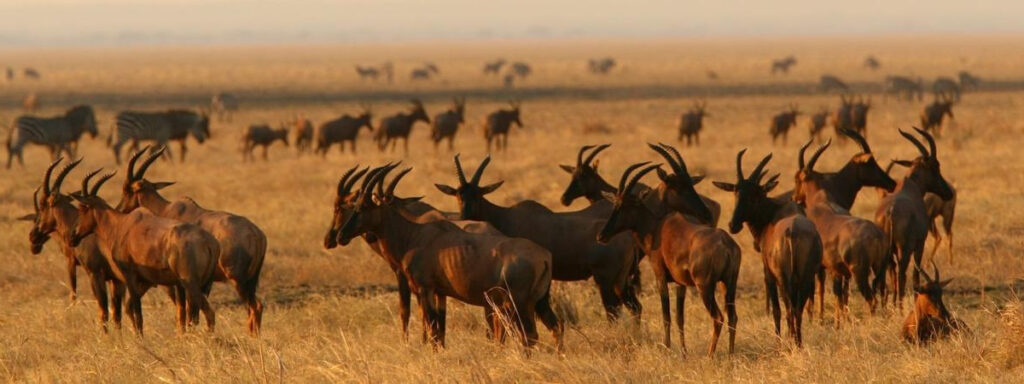
Bird watching
Katavi national park is a prominent bird watching destination in Tanzania offering sights of over 450 bird species, while on bird watching experience expect to enjoy sights of birds like yellow billed and saddle-billed stork, fish eagle, bateleur eagle, white-backed vulture, African spoonbills, little bee-eaters, red billed hornbills, crested barbets, yellow-throated sand grouses, orange breasted bush-shrikes and many more. Bird watching in Katavi national park is excellent throughout the year but the most rewarding experience is got in the period of November to April when migratory birds are present in the park.
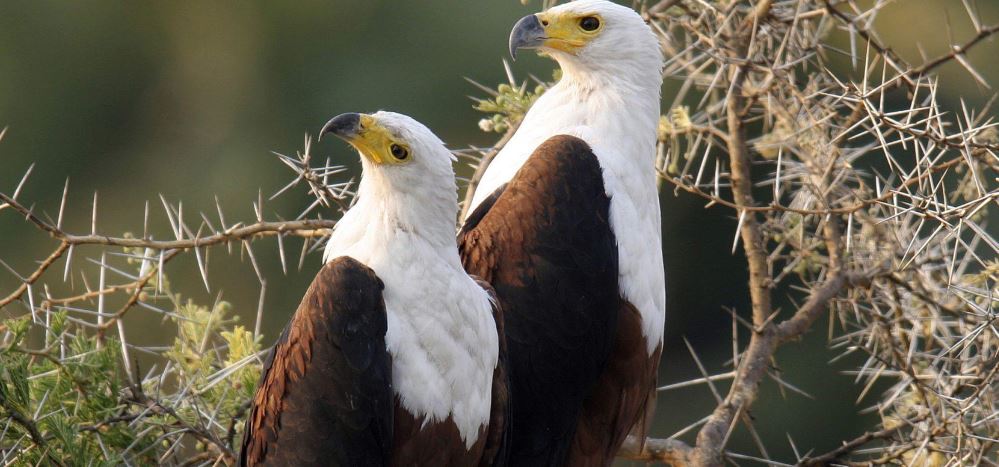
Walking/hiking experience
Walking/ hiking experience in Katavi national park is a very thrilling experience enabling tourists to visit almost every part of the park, this experience takes place along the route leading to Katavi seasonal lake beginning at the park’s headquarters. Walking/hiking experience is offered as short and long walking/hiking experience done on different trails, short walking/hiking experience is done of the Sitalike walking trail of 1-9 kilometer long and it takes about 3 hours to completion. Long walking/hiking experience is done Chorangwa hiking trail of 17 kilometers and it takes about more than 5 hours to completion.
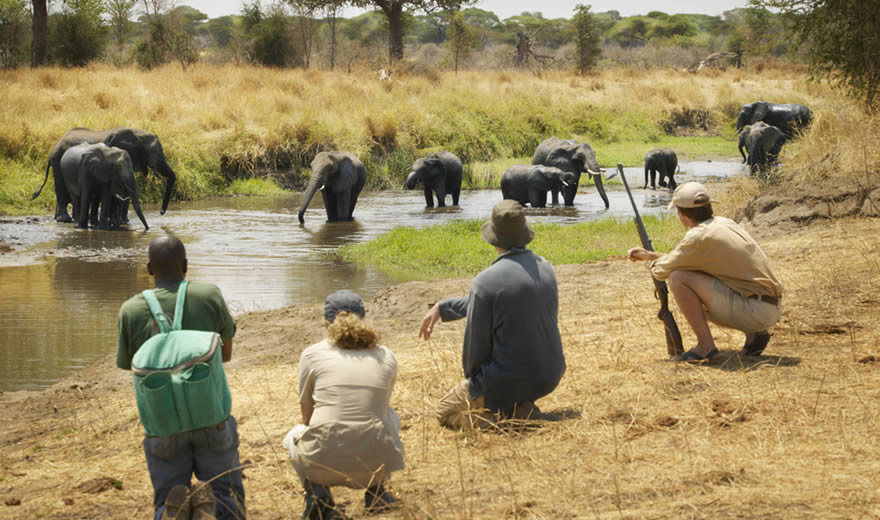
Camping
Camping in Katavi national park is an adventurous activity offering the real African wilderness experience, the park consists of various campsites where visitors get to enjoy a camping experience. These campsites are categorized as special campsites, public campsite and flying camping. A public campsite consists of facilities such as toilets, bathroom, kitchen, dining and water. Special campsites maximizes do much on privacy and fly camping is a very prominent model of special camping with top notch privacy and it is more adventurous.
Where to stay while on a safari in Katavi national park
While on a safari in Katavi national park there is plenty of accommodation establishments to choose from ranging from luxury, midrange and budget. Luxury accommodation establishments include Katavi wildlife camp and Nomad Tented camp, Midrange accommodation establishments include Mbali Mbali Katavi lodge, Chada Katavi camp, Palahala luxury camp and budget accommodation establishments include Ikuu public campsites, HQ public campsites, Katavi picnic site, Chada special campsite, Kapilula campsite, Kapilula 1 campsite and Kapimbye special campsite.
How to get to Katavi national park
Katavi national park is accessed using three transport modes that are air, road and railway. By air domestic chartered flights are offered from Dar-es salaam, Mwanza and Arusha. These domestic flights are offered by several air companies such as Zantas air, Safari air link landing at Ikuu airstrip and Sitalike located inside Katavi national park and Mpanda airport located on Mpanda town. By road, Katavi national park is accessed from various landmarks in Tanzania. From Dar-es-Salaam it is a drive of 1513 kilometers via Mbeya and 1392 kilometers from Tabora, from Arusha it is a drive of 1015.7 kilometers via Tabora and from Mwanza it is a drive of 741 kilometers via Tabora-Inyonga. By Railway, a train is used from Dar es Salaam via Tabora, from Tabora you take a public vehicle or a motorcycle to Sitalike.

